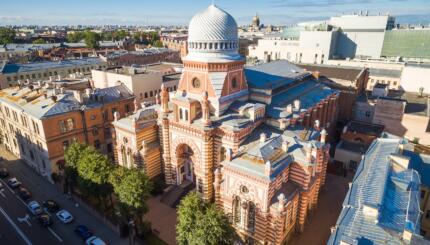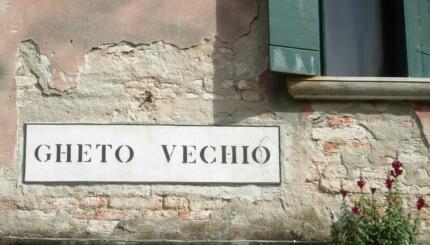Reprinted with permission from Jewishgates.org.
When Portugal re-conquered Brazil in 1654, all Jews were expelled. Most fled to Holland. Some settled in the Indies. Twenty-three Jews, however, continued north. In September 1654 they arrived in New Amsterdam. Ironically, a month earlier a Jew, Simon Barsimon, had arrived there independently from Holland.
Not a Warm Welcome
The twenty-three Jews decided to settle in New Amsterdam. The governor, Peter Stuyvesant, was violently opposed to having Jews corrupting his town. He sought permission from the Netherlands to expel them. The Dutch West India Company, pressured by influential Jews in Holland, refused.
Stuyvesant then tried to add a tax on Jews because he wouldn’t allow them to stand guard duty. The Jews petitioned and received the right to stand guard duty and to engage in wholesale and retail trade.

Help us keep Jewish knowledge accessible to millions of people around the world.
Your donation to My Jewish Learning fuels endless journeys of Jewish discovery. With your help, My Jewish Learning can continue to provide nonstop opportunities for learning, connection and growth.
In 1664 the British took New Amsterdam and renamed it New York. The Jews were accorded even more civil rights. By 1706 they had organized their own congregation, Shearith Israel.
Spreading Out, Gaining Acceptance
The first Jews coming to North America settled in six communities: Newport, Rhode Island; New York; Philadelphia; Charleston, South Carolina; Savannah, Georgia; and Richmond, Virginia. Some headed north into Canada. Although they were not permitted to hold public office, they did establish synagogues and welfare institutions.
In 1700 the Jews were permitted to practice crafts and trade, and many became shopkeepers and merchants. There were also Jewish silversmiths, candle makers, bakers, and the like. A few families became wealthy by selling supplies to the British and by becoming merchant shippers. In Canada the Jews were mostly fur traders; some of the southern Jews were planters.
There were few instances of anti-Semitism in North America. Jews and Christians frequently worked in the same businesses, partly because the number of Jews in colonial America was miniscule. By 1700 there were at most 300 Jews in the country.
In the 18th century, German Jews began arriving, and by 1720 the majority of Jews were German, not . However, the newcomers did not establish their own institutions, but rather joined the Sephardic synagogues.
Jews tended to be Whigs and supported the Revolution, hoping for full civic equality. Many Jews fought in the Revolutionary War. One of the most famous was Haym Salomon, who had arrived in 1775 and became an ardent patriot.


